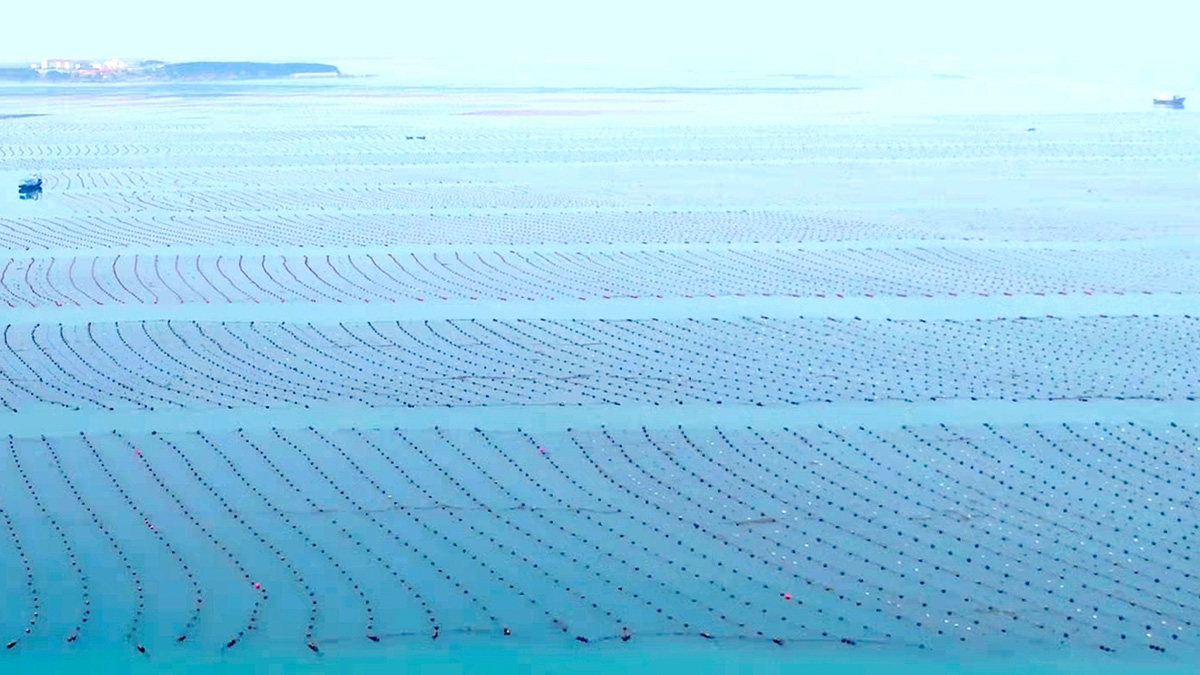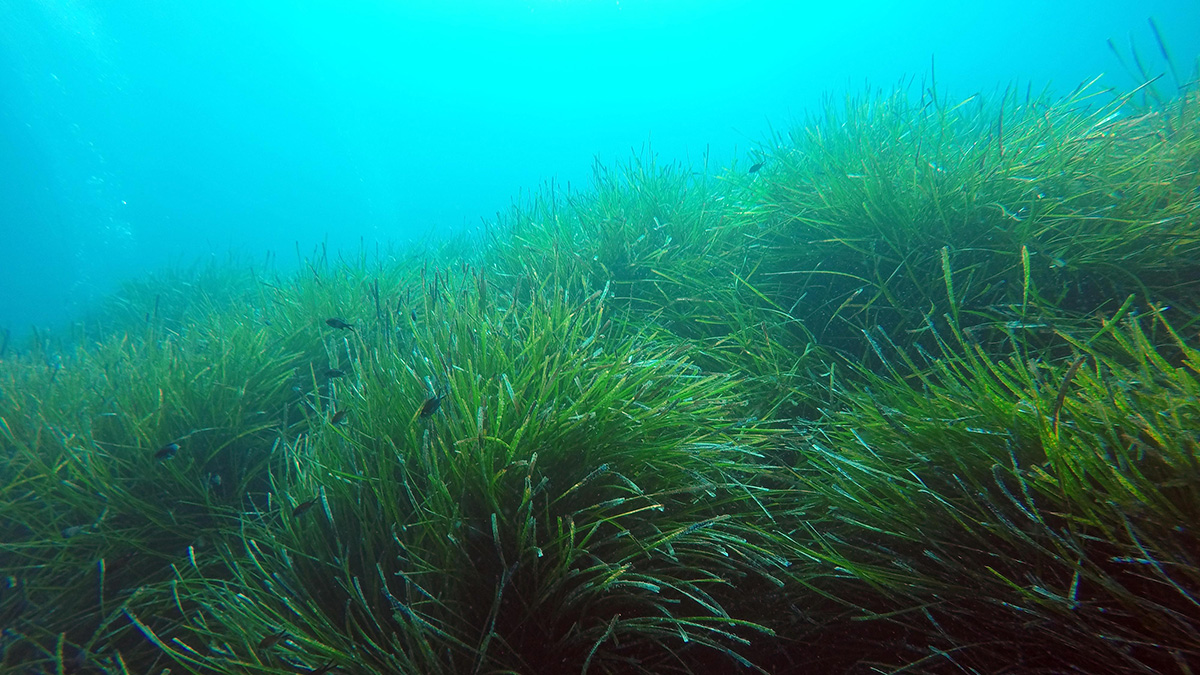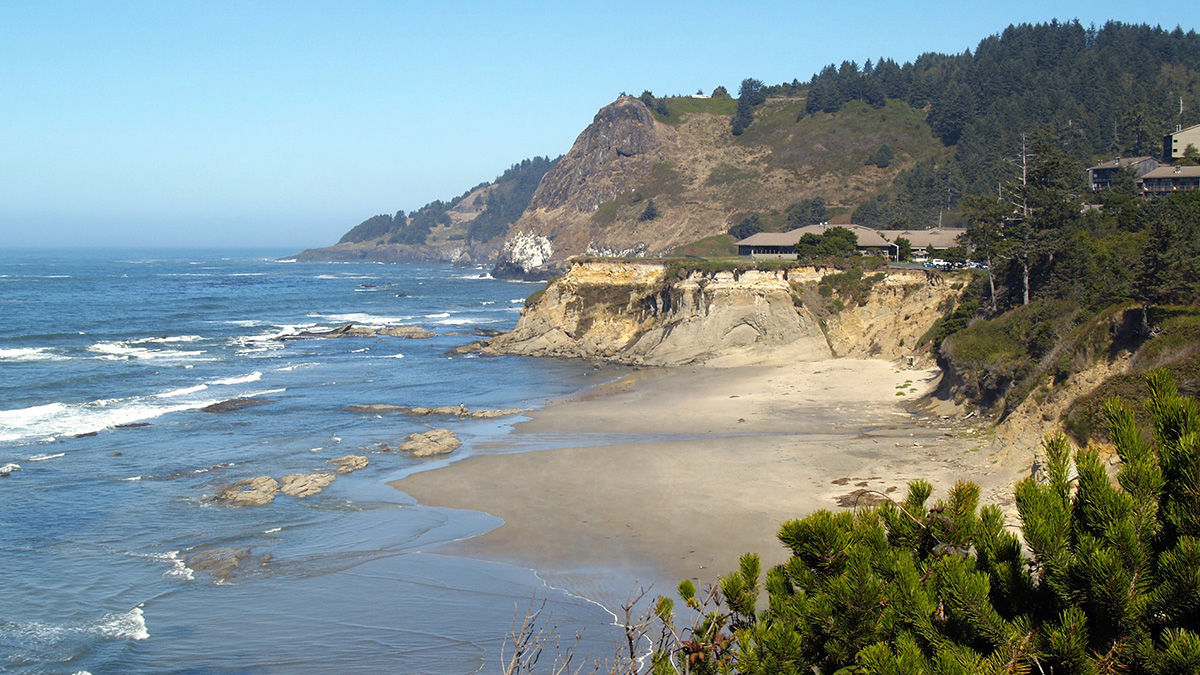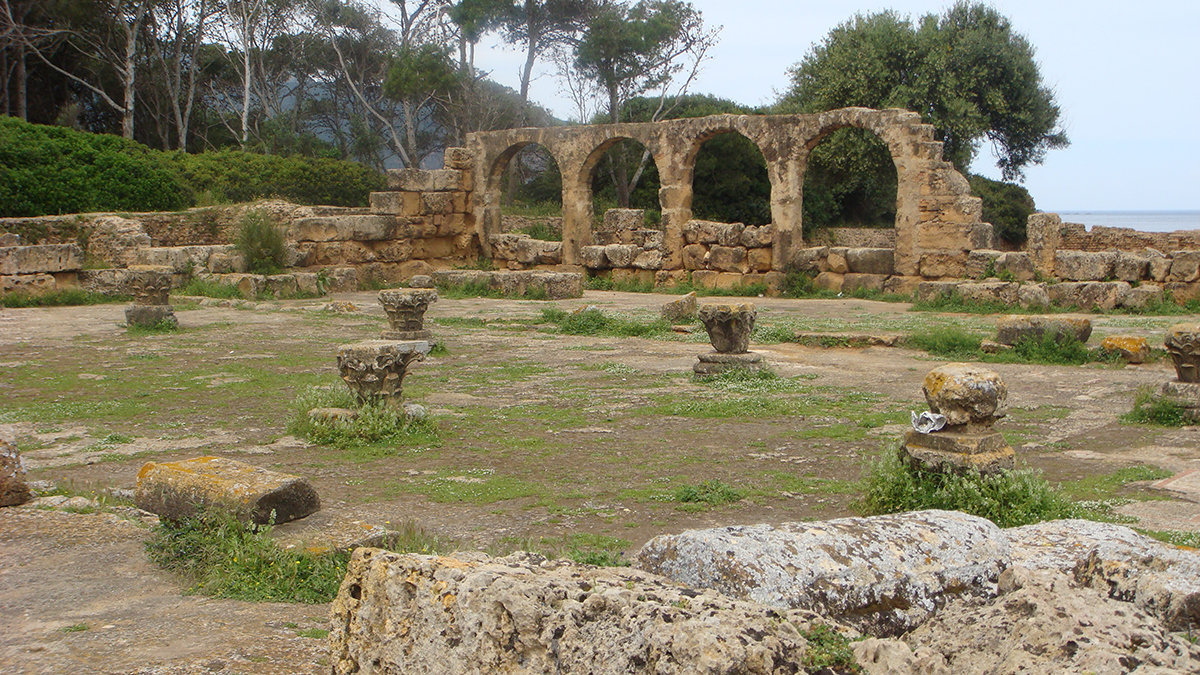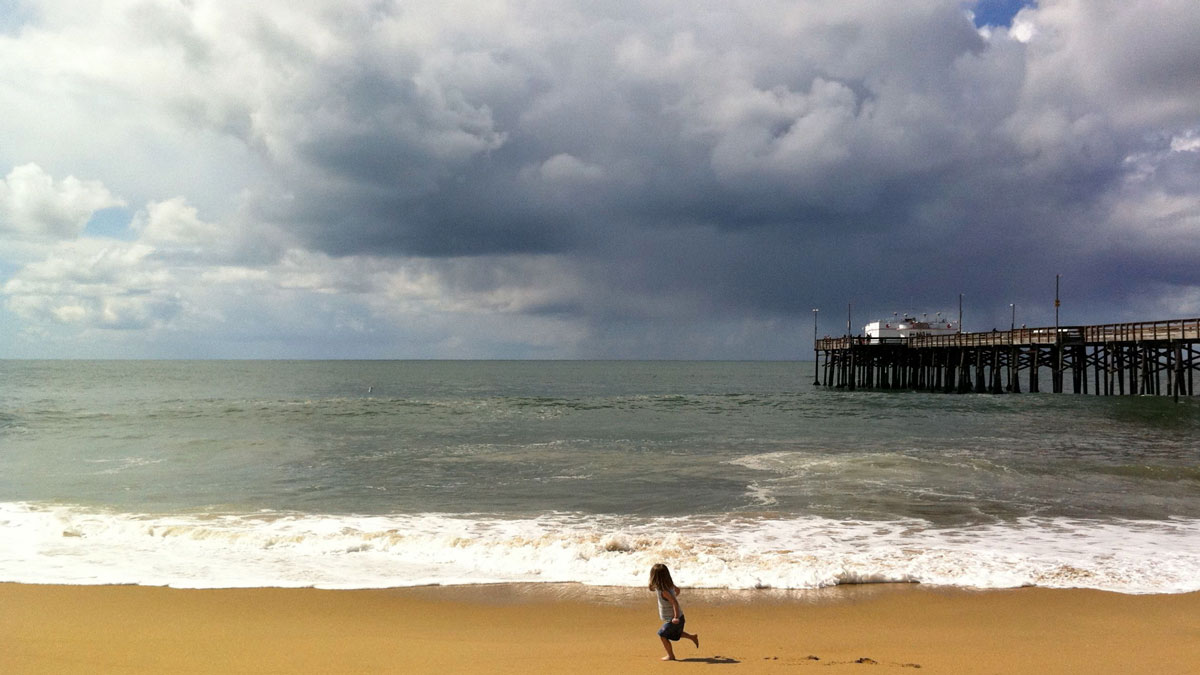A new study shows how muons can be used to study tide and wave phenomena, helping secure coastal communities.
beaches, coasts, & shorelines
After a Hurricane, Coastal Systems Draw a Line in the Sand
A new study finds nature can’t have it both ways: On the basis of thousands of case studies from dozens of hurricanes, there’s always a trade-off between resistance and resilience.
Mortality of Seagrass Meadows May Not Kill Their Methane Release
New research indicates that seagrasses continue to release methane even after they die, complicating blue carbon initiatives.
Exploring Subduction Zone Geohazards on Land and at Sea
A new initiative is bringing together scientists to address fundamental questions about subduction zone geohazards, using the latest advances in observation technology and computational resources.
Just 15.5% of Global Coastline Remains Intact
Combining data from land and sea helps ecologists measure human impact.
Coastal Aquaculture Can Reduce Nutrient Transport
High-resolution simulations of China’s Sanggou Bay show that suspended aquaculture alters hydrodynamics and weakens transport of nutrients to the area from offshore bottom water.
African World Heritage Sites Jeopardized by Rising Seas
Worsening flooding and erosion threaten places of “outstanding universal value” along the continent’s coastlines.
Deforestation Is Flooding West African Coasts
The lack of trees is contributing to increased rainfall along the coast of southwest Africa, where communities are already vulnerable to flash flooding.


